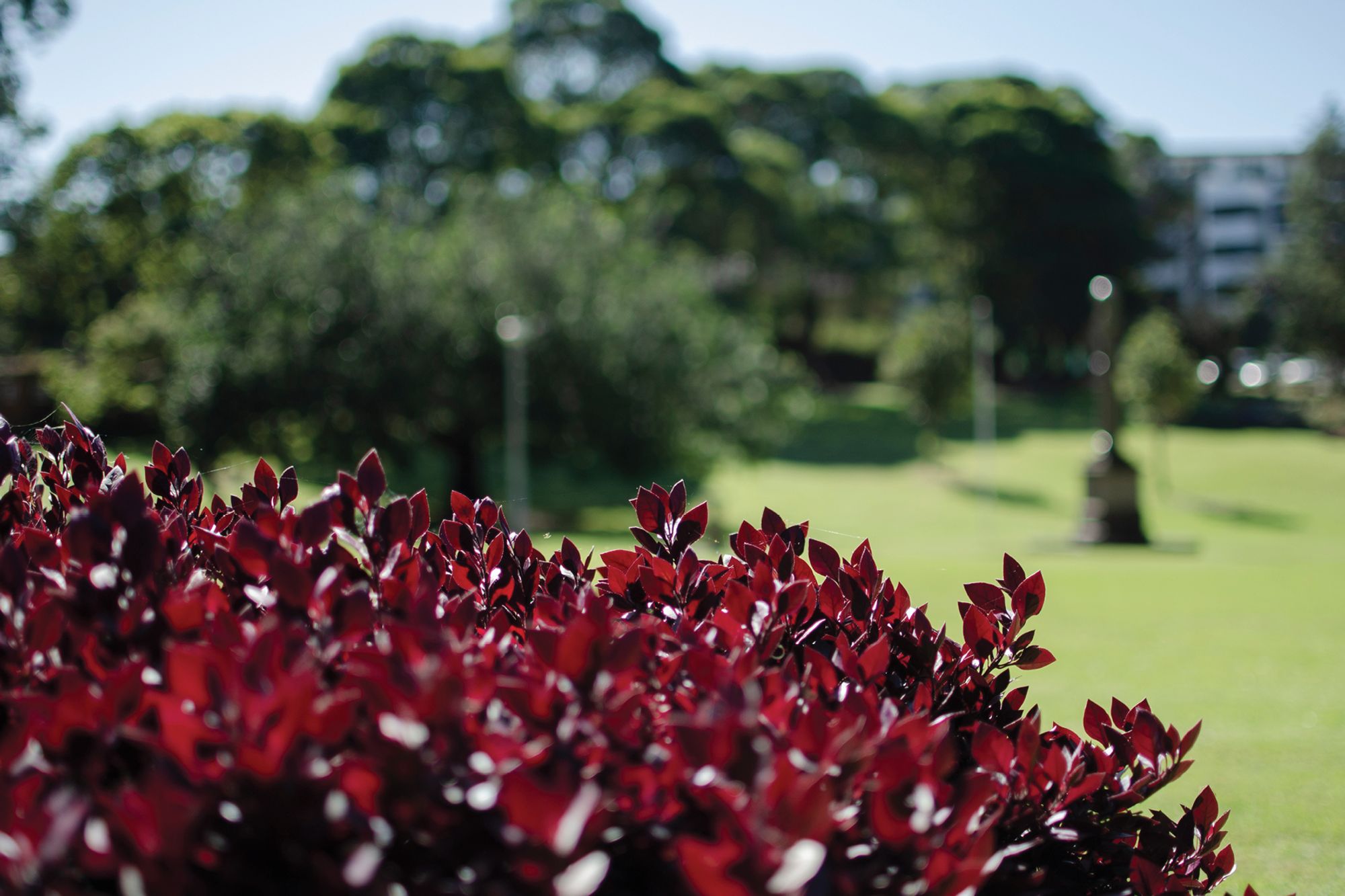
North Wahroonga: a suburb in demand?
The latest data from realestate.com.au’sPropTrack has revealed that North Wahroonga is one of the most in-demand suburbs in NSW, with an average of 144 buyers viewing every listing.
We explore what’s behind the growing appeal of this small suburb at the very upper part of Sydney’s Upper North Shore.
Where is North Wahroonga?
North Wahroonga is the area north of Junction Road that’s bordered by Wahroonga to the south, the Pacific Motorway to the west, Lovers Jump Creek to the east and Ku-Ring-Gai National Park to the north.
Most people in Sydney know of Wahroonga, but North Wahroonga is much less known. That’s probably because, according to the 2021 Census, the suburb contains just 2,100 people – making it around 12% of the size of its better knownneighbour.
It’s also by-and-large a residential suburb and lacks a train line, although Wahroonga station is just three minutes’ drive south.
So, with no way through, you’dprobably have no reason to pass through North Wahroonga, except to visit someone or visit one of its attractions (more on those later).
What the data shows about North Wahroonga
PropTrack’s recent report measured the amount of buyer depth in the market by analysing the number of views per realestate.com.au listing. Interestingly, it found that Sydney’s North Shore was easily the most in-demand region in the State, with seven of the top 10 most viewed suburbs located here.
North Wahroonga came in third on the list – just behind Roseville Chase and Abbotsbury.
Property portal price data also points to North Wahroonga as a top performer when it comes to home values over the past few years. Realestate.com.au shows that, between December 2019 and December 2022, the suburb’s median house price went from $1.625 million to $2.4 million – a rise of 47.7%.
Why North Wahroonga?
We believe much of North Wahroonga’s growing demand stems from a growing desire for a less stressful, more active lifestyle.
Since the COVID pandemic first arrived with us in early 2020, more people have been questioning what they want out of a property and, for a growing number of us, that has meant open space and privacy.
At the same time, a greater number of us are routinely working from home, which means homes with enough internal space for an office are also usually in stronger demand than most other properties.
This is certainly the case in North Wahroonga, where over 75% of properties have four or more bedrooms. In fact, just 15% of houses sold last year had three or fewer bedrooms, according to relaestate.com.au data.
The best of everything
It’s not only the housing stock that makes North Wahroonga popular. The suburb also offers a unique blend of suburban convenience and natural beauty. That’s because it borders Ku-Ring-Gai National Park, one of the Upper North Shores real gems and home to perhaps our city’s best bushwalking tracks.
North Wahroonga is also home to Jubilee Field and Jubes Mountain Bike Park, a veritable wonderland for cyclists of all abilities and ages.
While North Wahroonga retains a quiet residential feel, anddoesn’t have too many cafes or restaurants to speak of, it remains just minutes’ drive from both Wahroonga Village and Hornsby.
What’s more, house prices here in North Wahroonga are more affordable than in Wahroonga itself – with the median value coming in at $225,000 – or almost 10% cheaper.
Other suburbs to watch
As we mentioned, North Wahroonga’s popularity is part of a broader trend for lifestyle and space. With people needing to commute less often, more are also willing to live further from the city CBD.
With that in mind, we believe that the next few years will see stronger-than-usual demand for all of Sydney’s most Upper North Shore Suburbs, including nearby Mount Colah, Mount Ku-Ring-Gai, Asquith and Berowra.
Want more?
If you’re interested in finding out more about the Upper North Shore property market, get in touch.
Disclaimer
DiJones Real Estate, together with their directors, officers, employees and agents have used their best endeavours to ensure the information passed on in this document is accurate. However, you must make your own enquiries in relation to the information contained in this document and seek advice from your financial advisor, broker or accountant to ascertain its application to your circumstances.
This information is provided subject to our Terms and Conditions.


